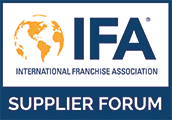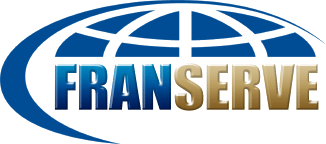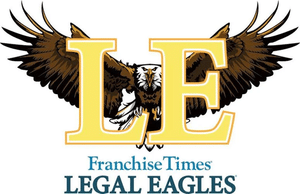Reading the Fine Print of the FDD
If you have ever gone on an ocean cruise, you likely have a good understanding of which expenses are included in the all-inclusive* advertised price. A first-time cruiser, however, may define all-inclusive as a place to sleep, food to eat and activities to do, all for the bargain price of $399* per night. Why then, should they bother to find the meaning behind that pesky asterisk listed after the advertised amount due? Surely, it’s a simple Terms of Service disclaimer like any other they’ve seen online.
The rude awakening comes once onboard when they find out the all-inclusive amount they paid isn’t all-inclusive at all. In fact, it limits the restaurants they can choose to dine in, excludes alcoholic beverages, fails to mention a required housekeeping gratuity, and leaves them out of destination excursions. Had they read the fine print behind the asterisk, they’d have been prepared to make a more educated decision regarding their investment and saved themselves from financial stress sure to cloud some of the sunshine they were after.
Reading the fine print gets a bad rap. It’s assumed to be boring, jargoned, not relevant in ordinary cases, or strictly regulated legalese. In the above example, however, the fine print would have provided necessary details to plan a successful vacation and avoid financial headaches. A good PR campaign for reading the fine print could argue that that’s where you find the good stuff – the crucial information required to make an educated decision.
A Closer Look at Items 5, 6 & 7
Items 5, 6 and 7 of a Franchise Disclosure Document (FDD) could be considered the fine print behind the initial franchise investment. On their face they explain the costs to open, but behind each item is a breakdown of each element that combines the total Initial fees, Other fees, and the Estimated Initial Investment. They sound the same, but they are very different. Prospective franchisees should always understand their obligation, as well as what to expect from the franchisor for their investment. The bottom-line of any franchise agreement is difficult to nail down but understanding exactly what fees are expected can be the difference between rough seas and smooth sailing. Let’s take each item one at a time.
- Item 5 is called the Initial Fee Paid to the Franchisor, or Initial Fee. Despite its title, this fee encompasses more than just the franchise fee. It should disclose all fees that are paid to the franchisor prior to the franchisee opening for business. These could include the cost of goods or services, training charges, or any other fees paid to the franchisor in this initial state of the franchise relationship.
- Item 6 is called Other Fees. This Item is displayed as a chart and details other fees paid to the franchisor and its affiliates. Examples of Item 6 fees include royalties, local, regional and national advertising fees, service fees, training charges, lease payments if made to the franchisor or an affiliate, transfer and assignment charges, late fees, finance charges, payments for bookkeeping services or assistance with the build-out or furniture, etc.
- Item 7 is called the Estimated Initial Investment and is also displayed as a chart. It details the likely charges (stated in a range of fees) for various expenditures that a franchisee may incur in the first few months of operating the business. Typical expenses listed include, rent, leasehold improvements, franchise fee, utility charges and deposits, furniture, fixtures and equipment, vehicles (if required), computers, software, insurance, signs, office supplies and equipment, licenses and permits, legal and accounting fees, working capital, etc. A prospective franchisee should take note that the cost of the franchise is really a great deal more than just the up-front franchise fee.
Read the fine print. This is not the time to skim or make assumptions. Investing in a franchise is no vacation, it’s a life-altering event. It is critical to learn as much as you can about the franchise, the franchisor, the business itself, and everything that is disclosed in the FDD. A responsible prospective franchisee will read through the entire 23 Items of the FDD, as well as the footnotes to each item and understand them.
Reading through the FDD is just one important piece of the due diligence strongly recommended to all prospective franchisees. Take the time to comprehend what is behind the pesky asterisk, the addendums, and the exhibits at the end of the document. Those who do have a better chance of enjoying their journey and will be less likely to find themselves in a position forced to abandon ship.
Flat Fee FDD Review
If you need help understanding or drafting your FDD, the attorneys at Spadea Lignana can help. We offer flat fee services for franchisors. Learn more.







